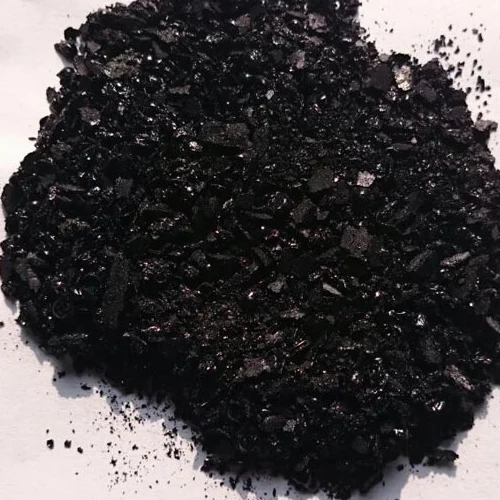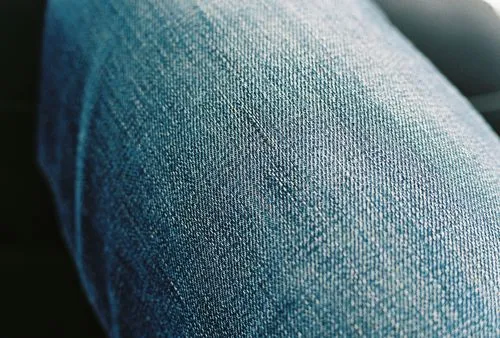Bromo Indigo; Vat Bromo-Indigo; C.I.Vat Blue 5


Environmental stewardship plays a vital role in the dye production conversation. High-quality dye producers must leverage eco-friendly practices, addressing the significant ecological impact of dye runoff and chemical waste. Implementing closed-loop systems and waste-treatment innovations elevates the trustworthiness of dye manufacturers. Consumers increasingly demand transparency and eco-conscious production methods, insisting on a comprehensive evaluation of a company's environmental policies as part of their buying decision. Furthermore, ongoing research and collaboration with industry leaders, chemists, and fashion designers are indispensable. Staying abreast of technological advancements and regulatory changes ensures that knowledge is current, maintaining a position of authority in the field. Successful dye production is heavily reliant on the continual education and adaptability of the stakeholders involved. To solidify a brand's position as both innovative and responsible, communicating the story of the dye's journey—from raw ingredient to finished product—strengthens the credibility and appeal of the brand. This narrative approach not only highlights the expertise embedded in each step of the production process but also encapsulates the experience wrapped in the fabric itself. In conclusion, achieving excellence in blue dye production entails a dedication to expertise that spans from botany and chemistry to innovative industrial practices and sustainable initiatives. The combination of these elements ensures a product that is not only of the highest quality but also worthy of the trust of consumers worldwide. Through ongoing research and industry collaboration, blue dye manufacturers can continue to set the standard for dye quality, bridging past traditions with modern methodologies to meet the demands of today's discerning market.
-
Thermal Stability Analysis of Bromo Indigo Pigments
NewsJun.06,2025
-
Sulphur Black Dye Oxidation Process Optimization
NewsJun.06,2025
-
Lightfastness Testing of Bromo Indigo Dyed Denim
NewsJun.06,2025
-
Granule Size Distribution and Jeans Color Uniformity
NewsJun.06,2025
-
Gradient Dyeing Methods with Indigo Blue Granules
NewsJun.06,2025
-
Dyeing Temperature Effects on Sulphur Black Color Fastness
NewsJun.06,2025
-
Sulphur Black Dyes in Daily Use
NewsMay.07,2025

Sulphur Black
1.Name: sulphur black; Sulfur Black; Sulphur Black 1;
2.Structure formula:
3.Molecule formula: C6H4N2O5
4.CAS No.: 1326-82-5
5.HS code: 32041911
6.Product specification:Appearance:black phosphorus flakes; black liquid

Bromo Indigo; Vat Bromo-Indigo; C.I.Vat Blue 5
1.Name: Bromo indigo; Vat bromo-indigo; C.I.Vat blue 5;
2.Structure formula:
3.Molecule formula: C16H6Br4N2O2
4.CAS No.: 2475-31-2
5.HS code: 3204151000 6.Major usage and instruction: Be mainly used to dye cotton fabrics.

Indigo Blue Vat Blue
1.Name: indigo blue,vat blue 1,
2.Structure formula:
3.Molecule formula: C16H10N2O2
4.. CAS No.: 482-89-3
5.Molecule weight: 262.62
6.HS code: 3204151000
7.Major usage and instruction: Be mainly used to dye cotton fabrics.

